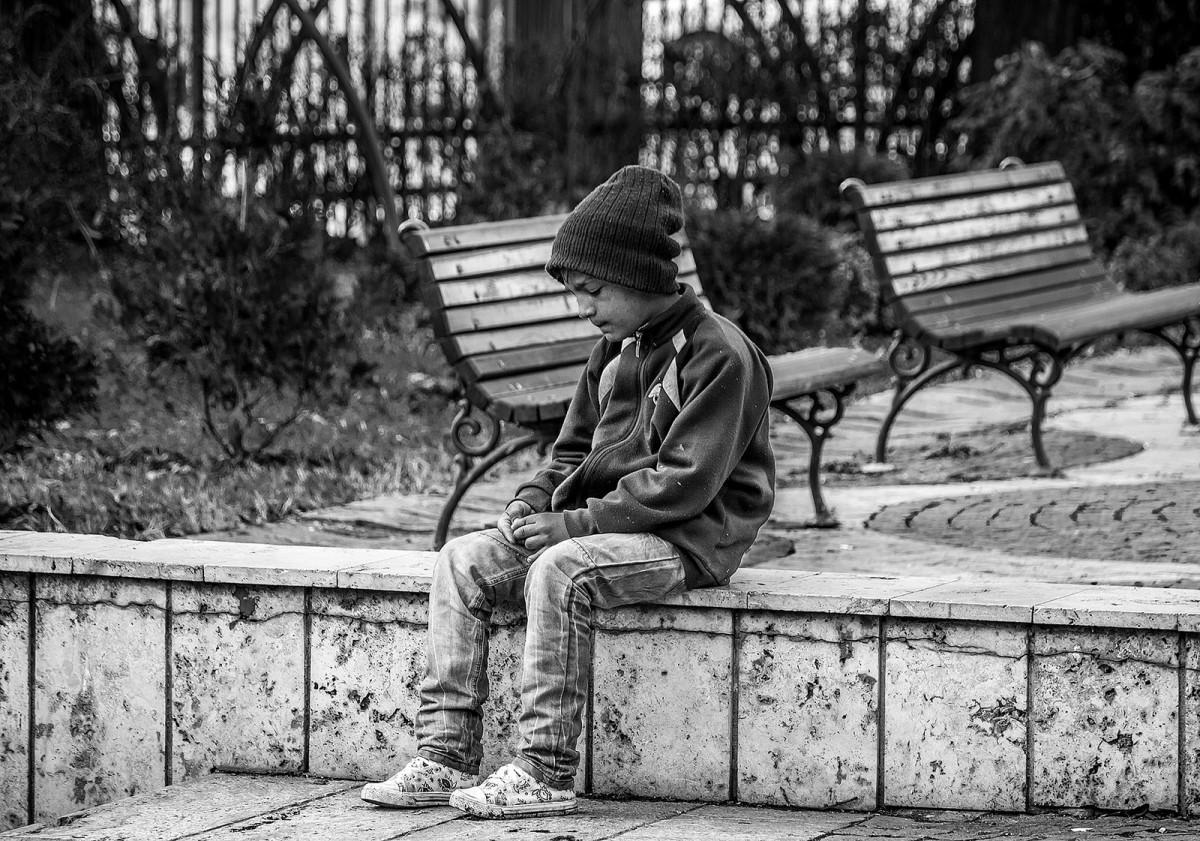When Congress allocated $800 million to aid homeless students, it felt like a big win. Yet, as time has passed, there still are many schools that have yet to see the benefits.
The $800 million was set aside to support homeless students during the COVID-19 global pandemic. Federal officials gave permission to schools to spend the money in areas they previously were not able to, including on such solutions as short-term housing.
Although schools across the United States are receiving nearly $130 billion in COVID-19 relief, the $800 million would directly serve the homeless student population. Under the plan, schools have more flexibility to do other things as well, such as providing grocery cards and paying for hotel room stays.
“This additional federal funding provides an opportunity to scale new, creative support programs that had formerly relied on local grants,” said James Lane, Virginia’s state superintendent of public instruction.
Secretary of Education Miguel Cardona told states and school districts they also would be able to use part of the funds for community-based organizations trained in working with disadvantaged students, to make it easier to identify students experiencing homelessness and finding them help. Groups with such challenges include LGBTQ+ students, students of color, students with disabilities, English language learners, students who are pregnant or parents, and rural and tribal community students.
“As we move forward, it is critical that the money in the American Rescue Plan set aside for homeless students be used to support robust identification practices in schools,” said Jennifer Erb-Downward, a senior research associate at the University of Michigan. “The pandemic has led thousands of children who are homeless to slip through the cracks; we must find and support them.”
However critical, due to delays and low urgency from state lawmakers and officials, most schools and students are still waiting to see the aid they so desperately need. School staff talked about growing difficulties in finding housing as rents rise. They also pointed out schools losing touch with their homeless students due to the pandemic, and finding a way to reconnect them requires time and money. The delayed aid only solidifies these problems and does nothing to fix them.
Three states experiencing these issues are Kentucky, Mississippi and Missouri. In Kentucky, aid was delayed due to the state’s grant selection and budgeting process. Mississippi educators are waiting on the state school board to approve the aid. In Missouri, state lawmakers still need to accept the funds before schools can access them.
The relief money has also been delayed in other states still deciding on whom should qualify for extra funds.

